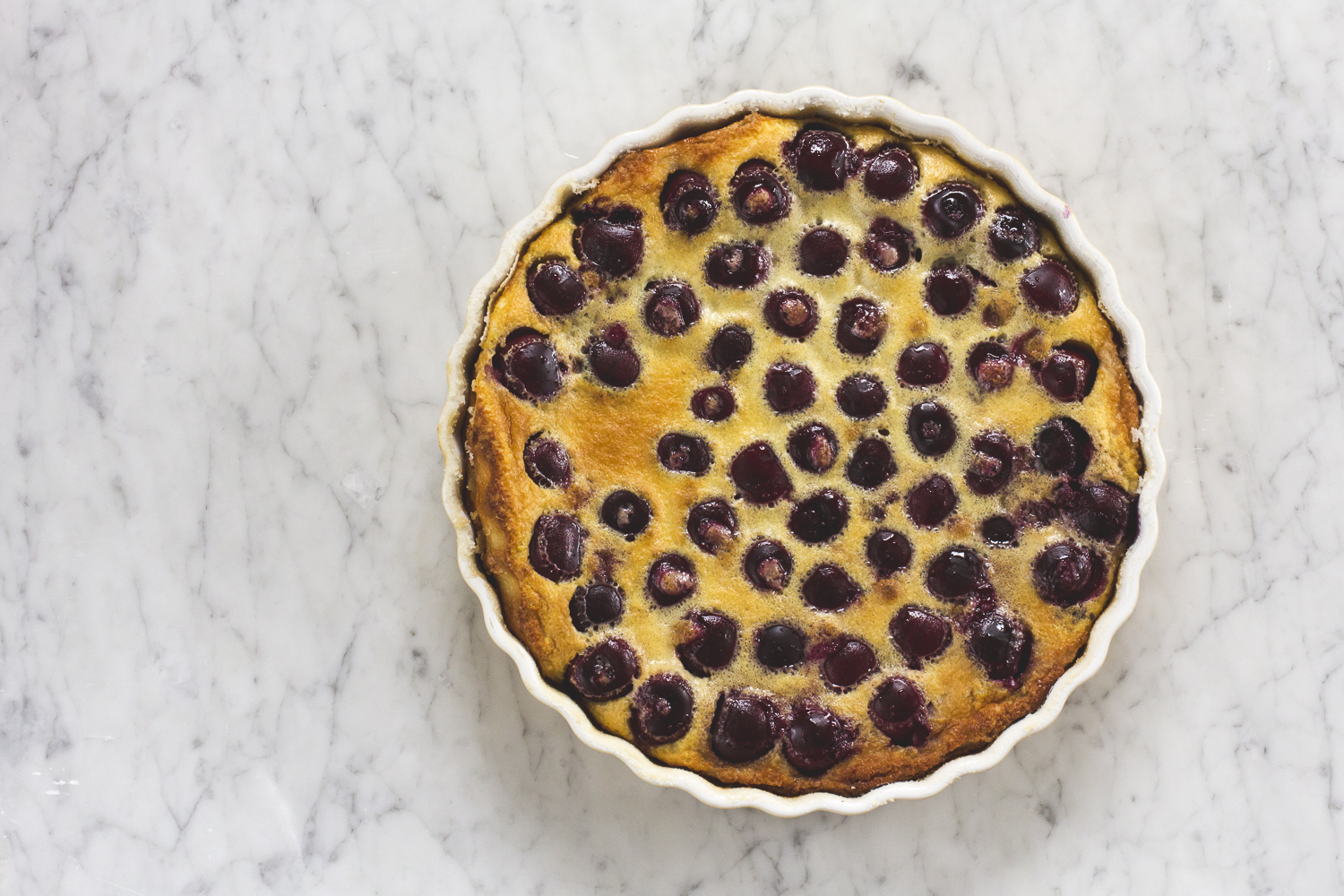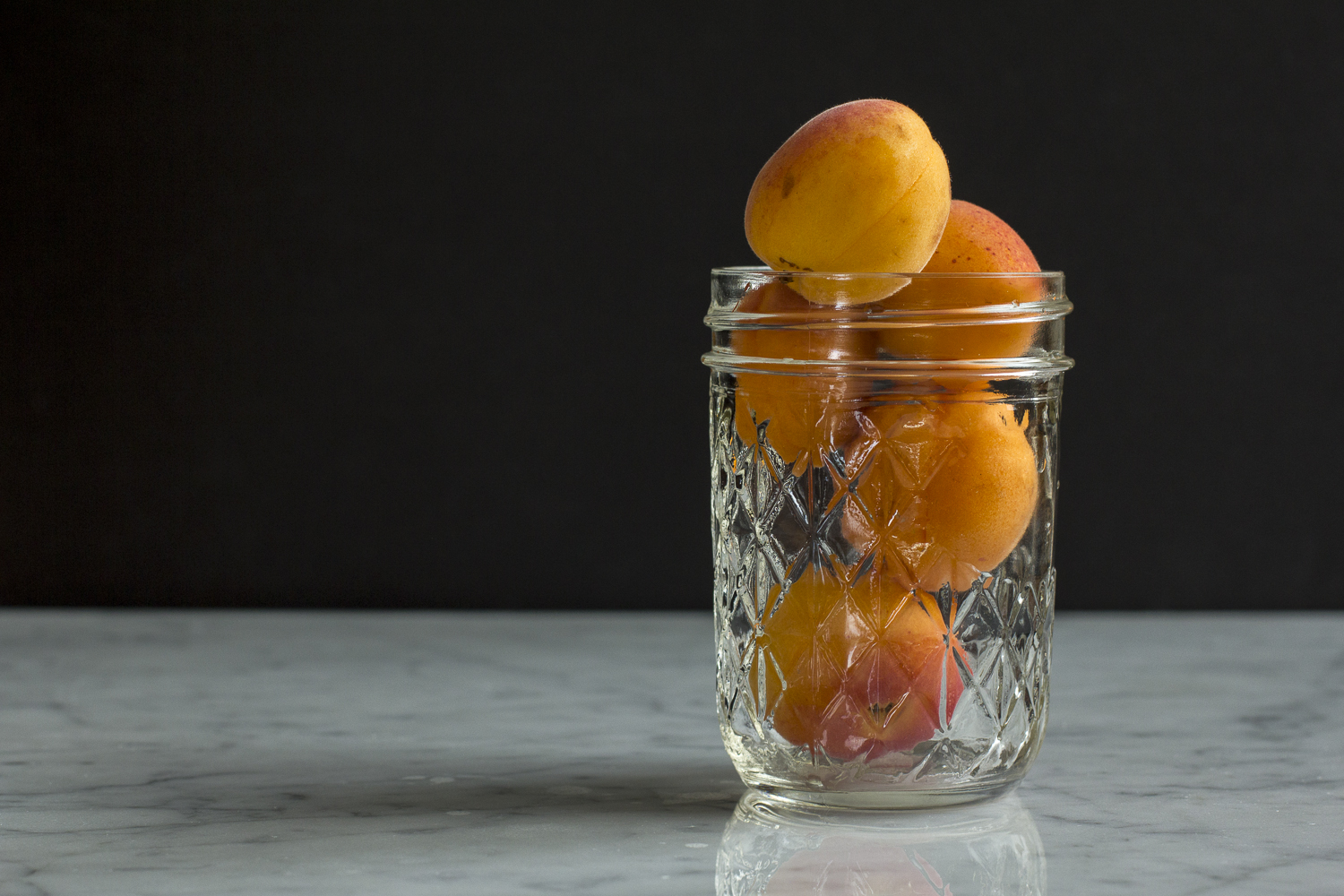Rhubarb Rediscovery
It still seems strange to me to pay for rhubarb. Don't get me wrong, I'll gladly do it. But I can't help remembering when we were kids and it grew wild and in our parents' gardens like a weed that couldn't be got rid of. We plucked it and ate it with nothing more than sugar, making our own home-make "Lik-A-Stix" (anyone out there remember those?), with ziplock bags of sugar which allowed us to roam free with this mobile dessert. The most exotic it got was a pie. But this most versatile ingredient really never got used to it's full potential in my world. And then one day on Instagram you see people making beautiful tarts with rhubarb arranged so perfectly and you say - I'm getting in on that. So you roast the rhubarb with some vanilla and orange juice and you almost forget about the rhubarb itself because the resulting syrup is so sweet and tart. So you make yourself a little cocktail and then you start arranging things over a rich vanilla custard in the shape of the flooring you will have one day when you live in Paris.
And while you are proud of your work as a budding "rhubarchitect", what starts out as an obsession with geometry, changes quickly to an obsession with flavour and pairings. Would this roasted rhubarb be better with vanilla or ginger? Are pistachios a worthy addition to a tart? How can I mass produce this syrup to have it on demand for cocktails. Would it go better with gin or bourbon? And soon things are spiralling out of control and you are making rhubarb popsicles in the middle of day between photo editing sessions, (and photographing them of course because they are so darned pretty).
But back to the cocktail because that's the real discovery on this rhubarb journey.
Rhubarb Whiskey Sour
1.5 oz bourbon
1.5 oz lemon
1 oz rhubarb ginger syrup *
1/2 an egg white
Pour all ingredients in a cocktail shaker with generous portion of ice, shake together, strain and serve.
* For the rhubarb syrup, mix 4 cups rhubarb, 1 cup sugar , 1 cup water and some fresh sliced ginger sliced in a small saucepan. Boil for 5 mins and strain reserving rhubarb for another use (like on top of yogurt or porridge).
Cheers to Rhubarb!
If you enjoyed that cocktail and want to be surrounded by rhubarb all year long you might be interested in having a look at my Limited Edition Photographic Prints featuring some of my other rhubarb creations.






































































